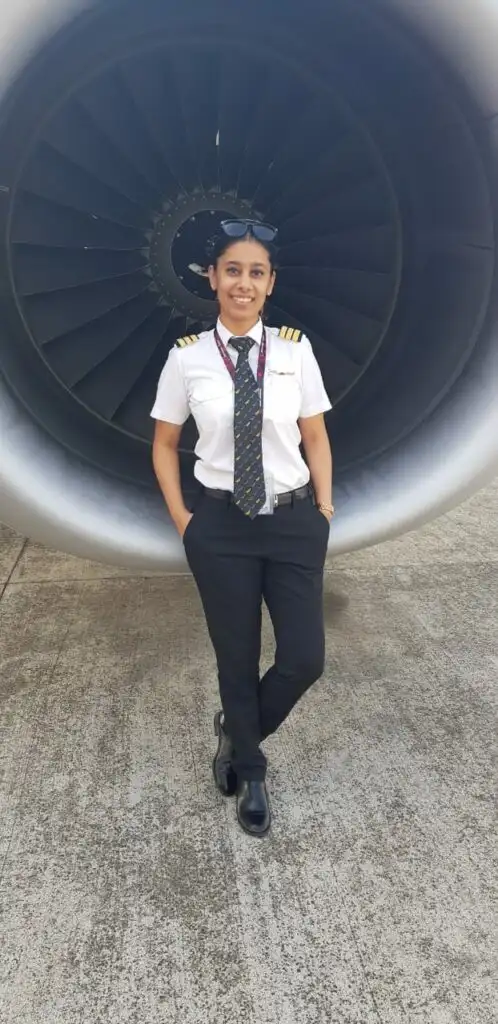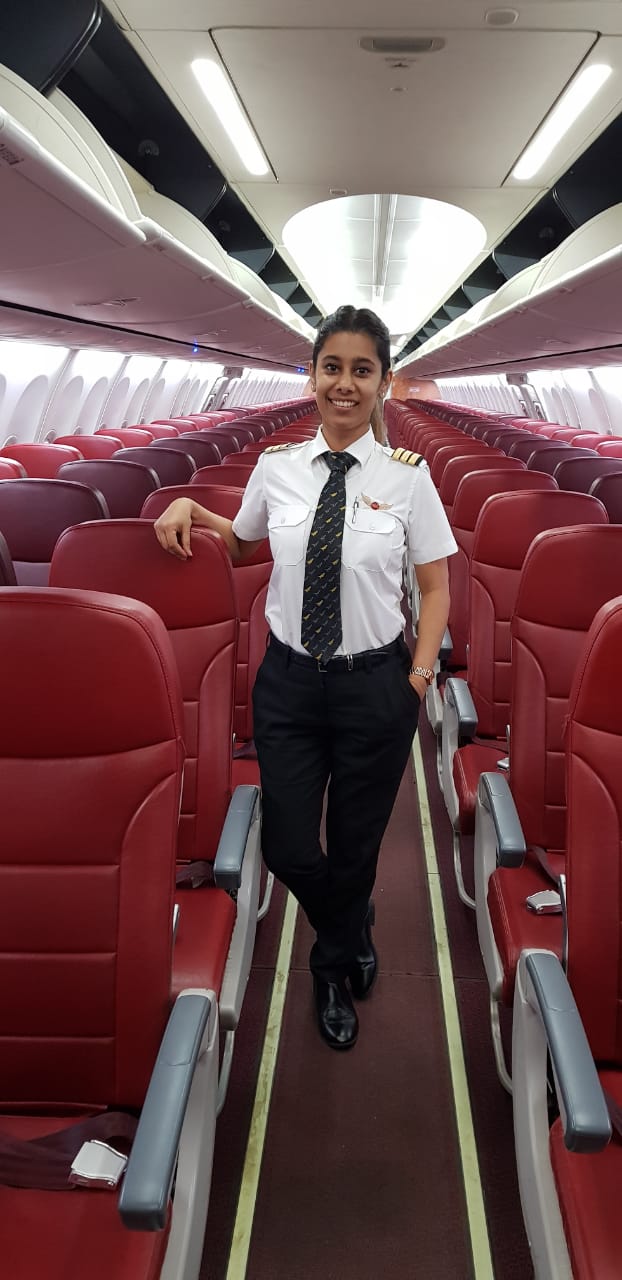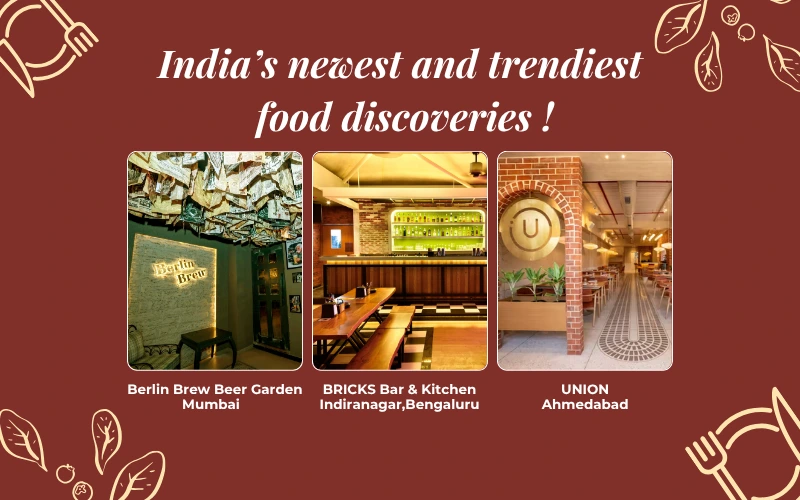Travel was gradually crawling back to normal in the months since the first wave peaked in September, and the country was forced to shut down again thanks to the new wave. However in the few months that we did function, air travel established certain rules that help passengers feel safe as they traverse a pandemic-ridden world. Captain Rasika Singh, First Officer, Air India Express, shares her experience with Hashtag India
Air travel was inching back to its pre-pandemic days with officer travellers, stranded families, migrant workers, students, and essential workers all boarding flights in and out of India. Domestic travel for one had seen a steep rise since the countrywide lockdown opened up with almost 2.5 lakh passengers this January. I personally got back to the cockpit in June ’20 owing to the Vande Bharat mission being carried out by Air India as one of the biggest repatriation missions ever undertaken.


The air travel landscape has changed and adapted to the pandemic world. The procedures that get you in and out of airports have seen a shift, as have the people who board airplanes. Here’s what we’re looking at in air travel this year:
Step 1- The Airport : For most of you getting back to airports after a year will bring with a sense of excitement and curiosity. You will be greeted by substantial long lines at the entrance as everyone is temperature-checked before entering the airport apart from usual tickets checking by the CISF (airport police)
Step 2- Check-in : As you walk towards your check in counters you will be surprised to see the number of people who are travelling along with you. Especially if you are boarding from a metro city, expect crowds—large masked crowds. Sanitisation stations are placed every hundred meters for you to clean your hands in case you touch any kiosks/stands. Check in counters have glass barriers to protect the staff from direct contact with any passengers. Your tickets and approvals (for entering certain states) are checked and boarding cards emailed to you, along with baggage tag to avoid hand contact. International travel requires negative covid tests as per country rules.
Step 3 – Security – That’s one thing which hasn’t changed. Long lines. Remove all your metal objects out in trays. Make sure you don’t carry any guns and bombs because pandemic or not that still is not allowed in an aircraft.
Step 4 – Waiting Area – Here is where things get interesting. All alternate seats are blocked with stickers so people don’t sit too close. Restaurants have glass panels on all counters to avoid direct contact and you will see people walking around in various gears. Most shops and restaurants are open and thoroughly sanitised at frequent intervals. Prior to boarding you will be handed a safety kit comprising mask, faces shield and sanitisers which you must wear before boarding. Middle seat passengers are given PPE kits which are to be worn over their clothes.
Step 5- The Aircraft – Each airline is spending lakhs each day to ensure passenger safety and hygiene. All aircraft seats are sanitised prior to boarding and cabins fumigated to ensure clean air. Airlines are also adopting UV ray robots to sanitise their planes from every corner. Every modern airliner is equipped with HEPA filters (High Efficiency Particulate Air) which kill 99.9% virus in the aircraft. So no matter which airline you fly in India, be rest assured your aircraft has HEPA working all the time.
Being an airline crew through the pandemic has had its share of benefits. We might have been risking our lives everyday but we did get to travel for work while most people were stuck inside their homes. It made us observe life from pre and post covid lockdown days.
With all these new rules and protocols, one cannot discount the human factor, and how people have been choosing to react to the steps they need to take. Typically, you’ll find five types of travellers during these times. Here’s my take on the kinds of people you will see at the airport if you choose to travel once the situation recovers.
The Frequent Flier – Mask only. This guy has been flying since the skies opened up. He’s used so much sanitiser in the initial post lockdown days, his sweat smells of it. So now he walks around only with a thin paper mask on. Sometimes as a beard and sometimes as an ear accessory.
The Family Traveller – Groups of people travelling for a holiday or a wedding with the same undying travel spirit as before. Noisy, cheery, excited, masked. This time you find their snack bags filled with sanitiser, tissues, extra cloth masks made by a family member plus a face shield. Also, they keep reminding each other to keep their masks on and distributing sanitiser like prashad.
The Storm Trooper – These are the league of passengers who have decided to take their star wars fascination to the skies. They come equipped with Vizors from their bike helmets which they use as face shields and N95 face masks over a homemade cloth mask. Also found frequently equipped with surgical gloves and sanitisers to zap off any virus which comes close to their intercelestial being.
The First Timers – They come equipped with paranoia which manifests itself in the form of masks, shields, PPE kits, gloves, sanitisers (gel and spray) and wet wipes. You will find these people not eating or talking at the airport. They keep to themselves as seclusion wards off the virus. They don’t use the restrooms or eat at the restaurants. They only breathe, pray, sanitise.
The Airline Crew – Many like myself who you will find in the waiting area of the airport or the emergency exit row seats in the aircraft. We fly passengers so much to connect to our destination that the virus is wary of us. So you will mostly find us with our masks & headphones on, staring into a screen unbothered by life and bothered by late departures!
Hopefully this gives a little idea of what to expect when you plan your travel to the next destination. Wishing everyone smooth skies and safe times ahead.
- Boarding cards and baggage tags are emailed to avoid hand contact.
- Every modern airliner is equipped with HEPA filters (high efficiency particulate air) which kill 99.9% virus in the aircraft.





























